Description
hardware flow control. It is an ideal choice in the field of industrial automation.Implementation of communication between ABC industrial robot and PLC based on DeviceNet fieldbus technology
introduction
In modern production systems, industrial robots and PLCs need to communicate and collaborate to complete production tasks. That is, the
industrial robots output signals to the PLC, allowing the PLC to control related equipment to drive the robot”s front-end tools. This article
mainly analyzes the communication problems between ABB industrial robots and PLC based on DeviceNet fieldbus technology.
DeviceNet is a common network communication method in the field of automation. ABB industrial robots establish a network to communicate with
Siemens PLC based on the DeviceNet network.
1Configure DSQC652
There are mainly 5 types of standard I/0 boards commonly used in ABB industrial robots [2]. Except for the different addresses assigned to
them during setup, their configuration methods are basically the same. This article mainly analyzes the ABB standard I/0 board DS0C652, which
mainly builds communication modules based on the DeviceNet network. The DS0C652 board has a distributed I/O module with 16 digital input and 16
digital output interfaces. The board is installed in the ABB industrial robot control cabinet. First, define the specific operation steps of the DS0C652 board,
enter the teach pendant control panel, then enter the configuration menu (Figure 1), select the DeviceNetDevice menu, and add a template to enter Figure 2.
ABB standard I/0 board is hung on the DeviceNet
network, so the address of the module in the network must be set. The jumpers 6 to 12 of terminal x5 are used to determine the address of the module.
The available address range is 10 to 63. Modify the parameters in the template parameters to complete the DS0C652 board settings. Click the drop-down
menu to select the “Use value from template” row, select
“DS0C65224VDCI/0Device”, and then the parameters that need to be set include the address of the I/0 board in the bus.
Figure 1 Configuring DSQC652
2Configure signals and parameters
After completing the DS0C652 board setting, the I/0 signal setting will be performed. Setting the I/0 signal is the basis for establishing communication with
the PLC. The PLC communicates and transmits data with the ABB industrial robot through the I/0 signal and the DS0C652 board. As shown in Figure 3, in the
signal configuration interface, there are many default I/0 points after the system is established. Modification is not allowed. Click “Add” to add signals. When setting
input and output signals, their address range is 0~15. First, enter the signal menu in the configuration options to set the input and output types, and modify the corresponding parameters.
After completing the settings, the computer prompts that you need to restart the settings. If there are multiple signals that need to be defined and the waiting time
is long after restarting multiple times, you can click “Cancel” and wait for all signals to be defined before clicking the “Yes” button to restart. After the signal settings are
completed, click to select “Input and Output” in the ABB menu to check whether all signals have been set.
Figure 2 Configure DSQC652 parameters
Figure 3 Signal parameter settings
During the signal establishment process, attention should be paid to the DSoC652 port and PLC port addresses used, and the corresponding address table should be
established, as shown in Table 1. The robot interacts with the PLC through I/O signals. During the setting process, there must be no errors in the port and address number
of the PLC connected to the DSoC652. If the address is set incorrectly, the communication between the robot and the PLC will not work properly.
The entire robot teaching pendant setting process is shown in Figure 4.
Email: 3221366881@qq.com
https://www.xmamazon.com
https://www.xmamazon.com
https://www.plcdcs.com/
www.module-plc.com/
https://www.ymgk.com
SC560 3BSE008105R1 ABB
SC540 3BSE006096R1 ABB
3BSE006096R1 processing module ABB
SC540 processing module ABB
3BSE016237R1 processing module ABB
SC520M processing module ABB
SC520M 3BSE016237R1 ABB
ABB PM860K01 3BSE018100R1
3BSE018100R1 processing module
PM860K01 processing module
3BSE066490R1 processing module
PM856AK01 processing module
ABB PM856AK01 3BSE066490R1
HIEE300888R000 Programmable Control Module
UAC389AE02 Programmable Control Module
SC513 Communication module ABB
ABB 3BSE027070R10 Pillow type sensor
ABB PFCL201C 10KN Pillow type sensor
ABB 3BSE050090R20 Tension controller
ABB PFEA111-20 Tension controller
ABB PFEA111-20 3BSE050090R20
ABB PFEA111-65 3BSE028140R0065
3BSE028140R0065 Tension controller ABB
PFEA111-65 Tension controller ABB
ABB PFCL201C 10KN 3BSE027070R10
ABB 3BSE027070R10 Pillow type sensor
ABB PFCL201C 10KN Pillow type sensor
ABB 3BSE027070R20 Pillow type sensor
ABB PFCL201C 20KN Pillow type sensor
ABB PFCL201C 20KN 3BSE027070R20
WOODWARD easYgen-3000
WOODWARD easYgen-1500
WOODWARD easYgen-3500XT
WOODWARD easYgen-3500
WOODWARD easYgen-100
WOODWARD 8237-1368
WOODWARD 8237-1245
Woodward’s ProTech-GII 8237-1246
WOODWARD 8237-1367
WOODWARD 8237-1601
Woodward’s ProTech-GII 8237-1246
WOODWARD 8237-1597
3BHB000652R0101 Drive module ABB
3BHB003431R0101 Drive module ABB
KUC720AE101 Drive module ABB
KUC720AE101 3BHB000652R0101 ABB
KUC720AE101 3BHB003431R0101 ABB
KUC720AE101 3BHB003431R0101 3BHB000652R0101
GE IS215VCMIH2BB – vme communication interface card
FCP280 FOXBORO
WOODWARD 8237-1242
WOODWARD 8237-2596
WOODWARD 8237-2597
WOODWARD 8237-2607
WOODWARD 8237-1369
WOODWARD 8237-2601
WOODWARD 8440-1800
WOODWARD 8440-1925
WOODWARD 8440-1934
WOODWARD 8440-1546
WOODWARD 8440-1894
WOODWARD 8440-2096
WOODWARD 8440-2077
WOODWARD 8440-1809
8440-2050 Woodward easYgen-3000 Series
WOODWARD 8440-1878
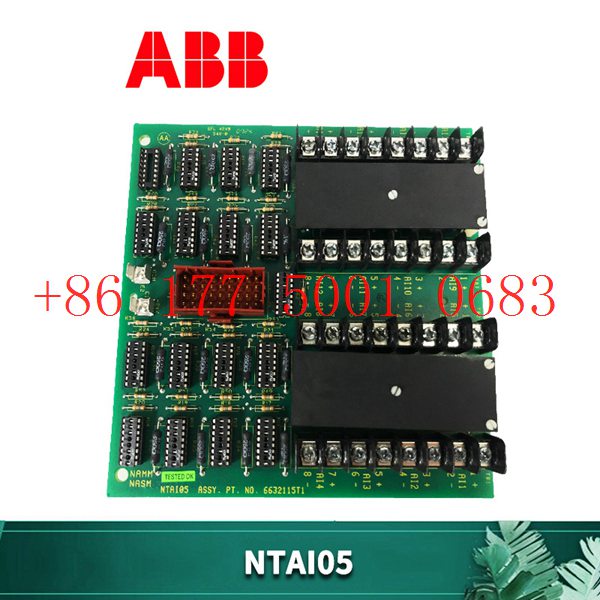
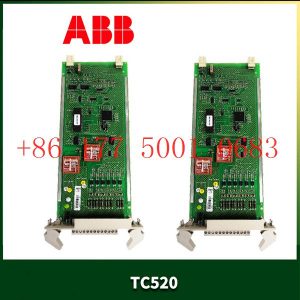
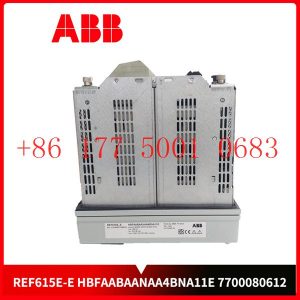
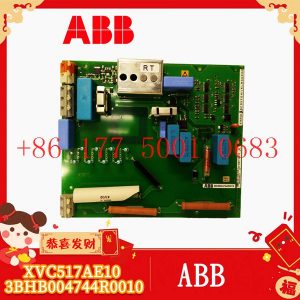
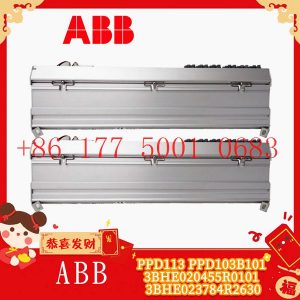




Reviews
There are no reviews yet.